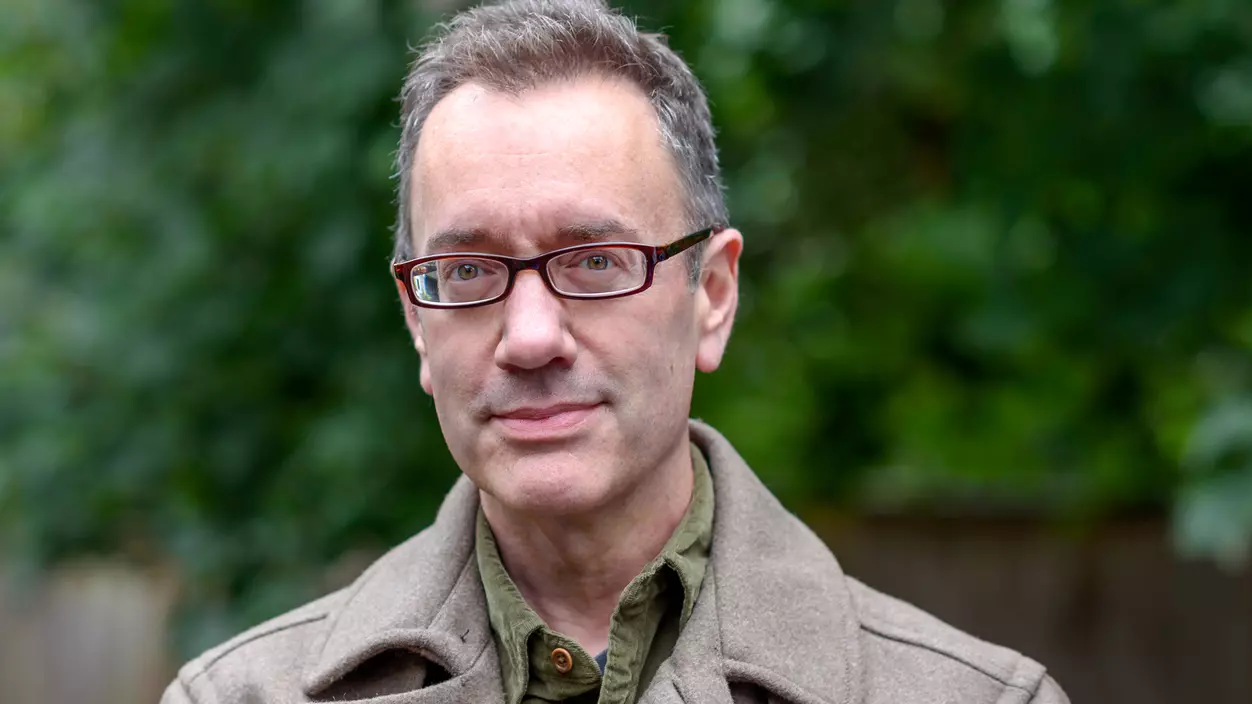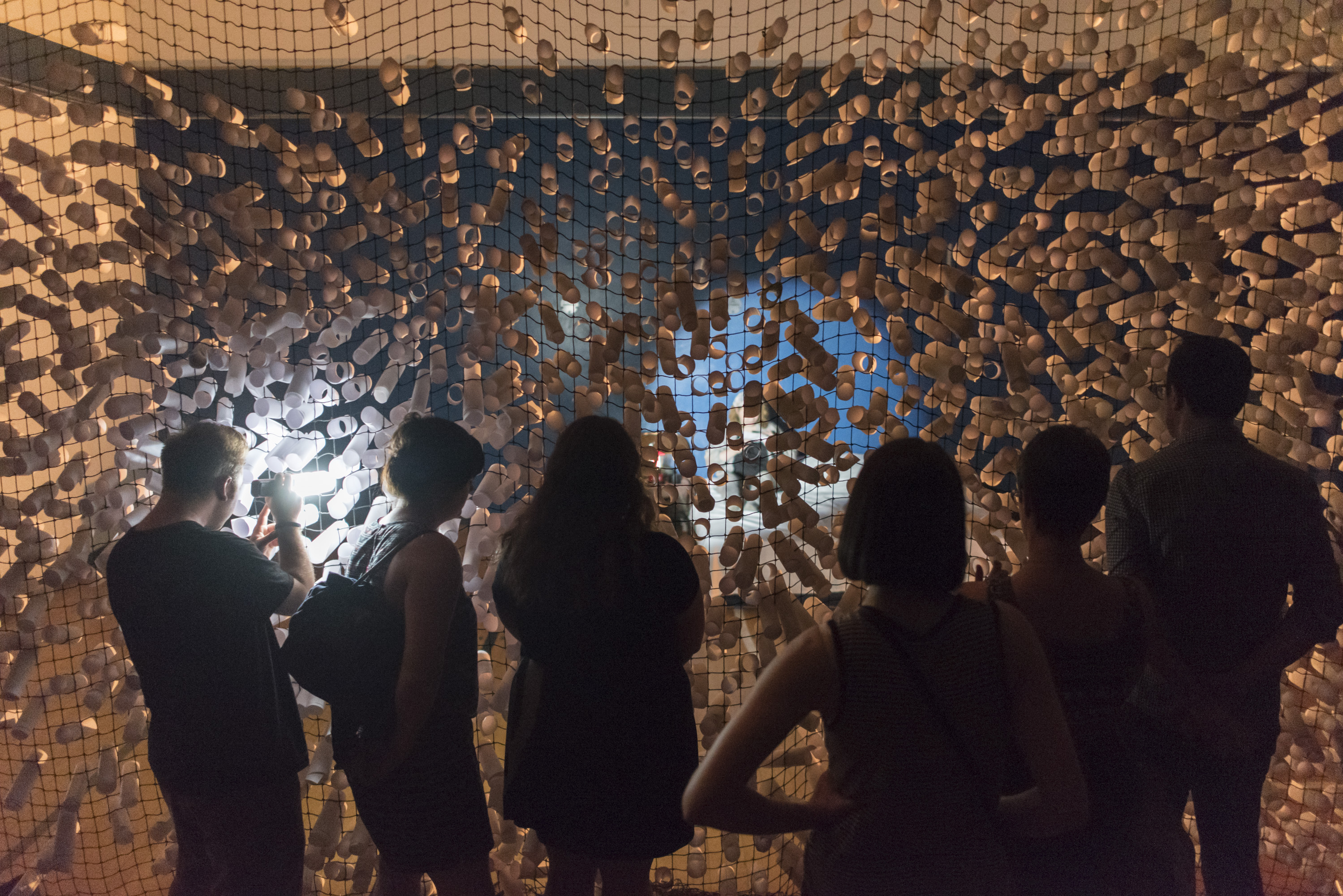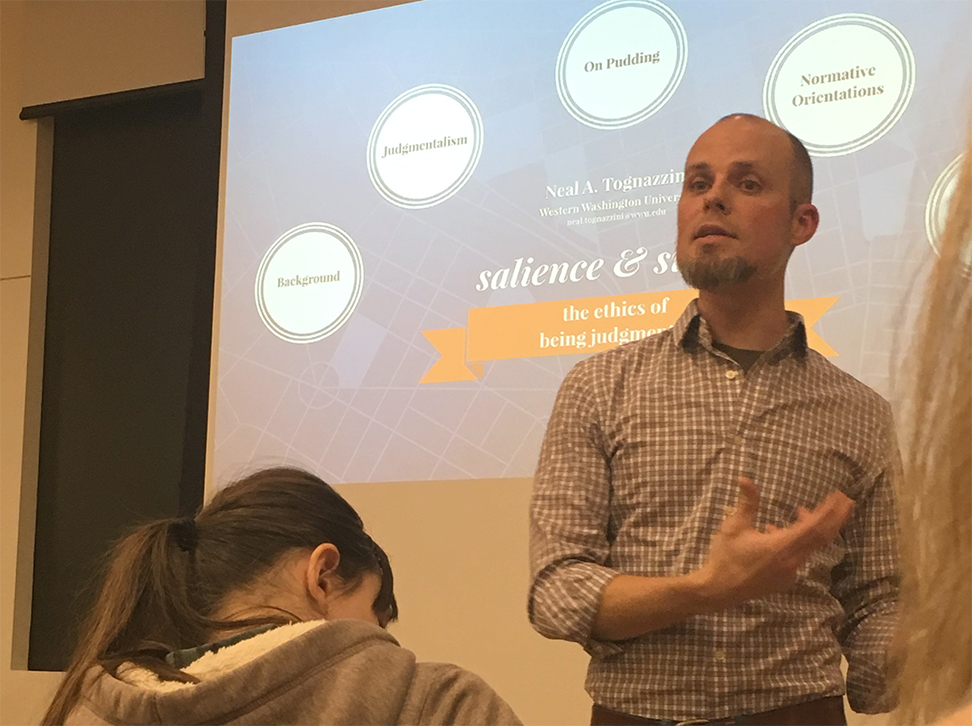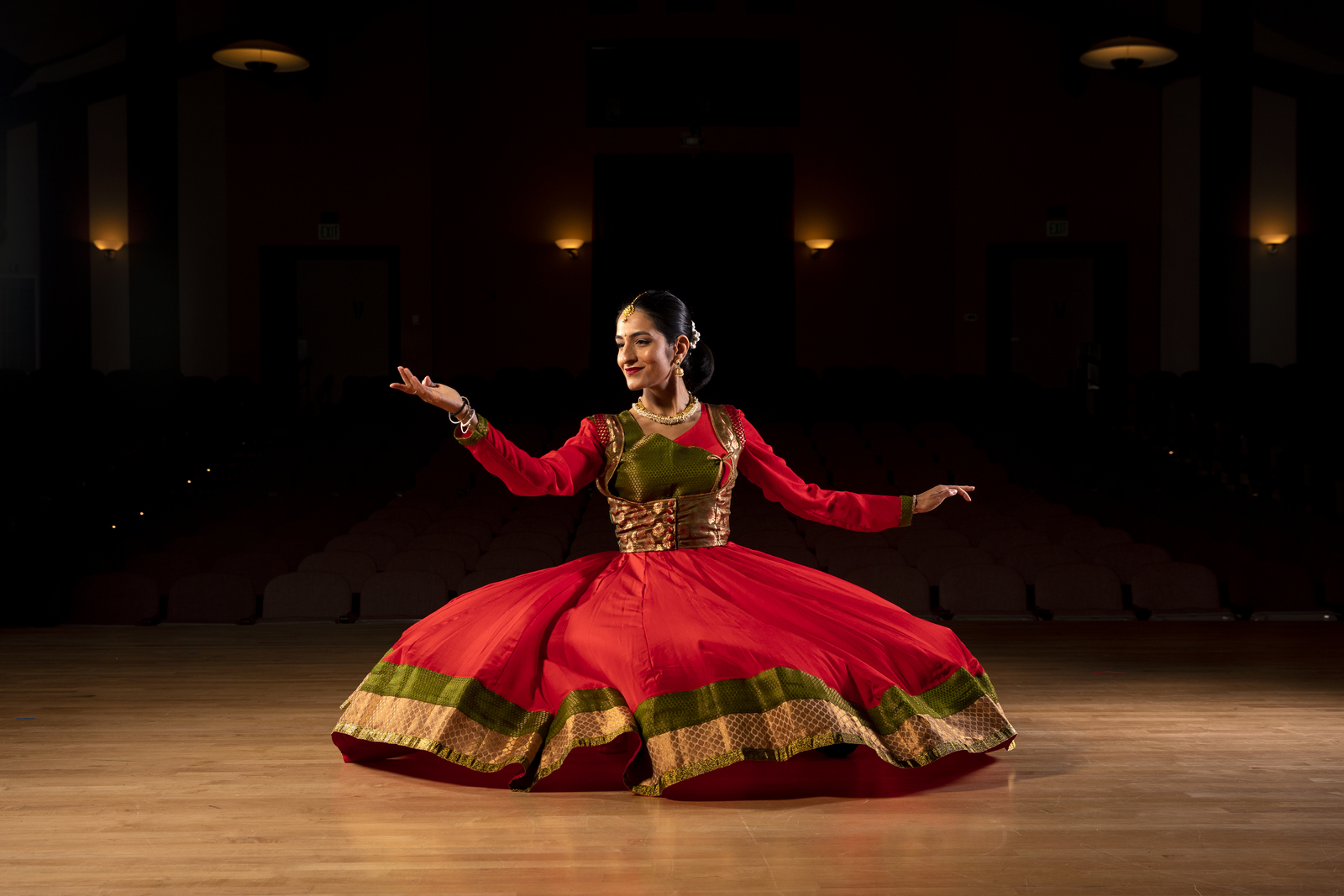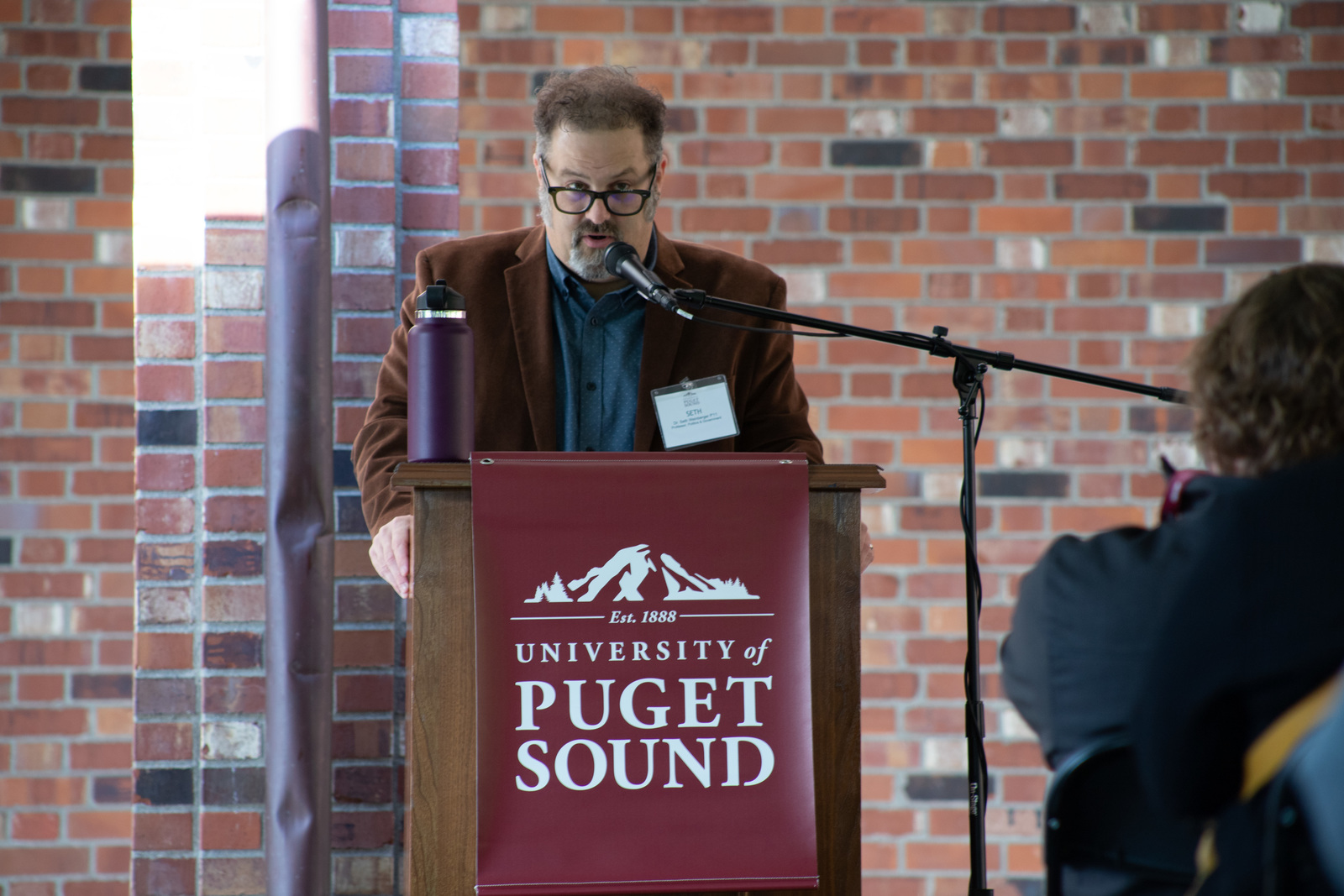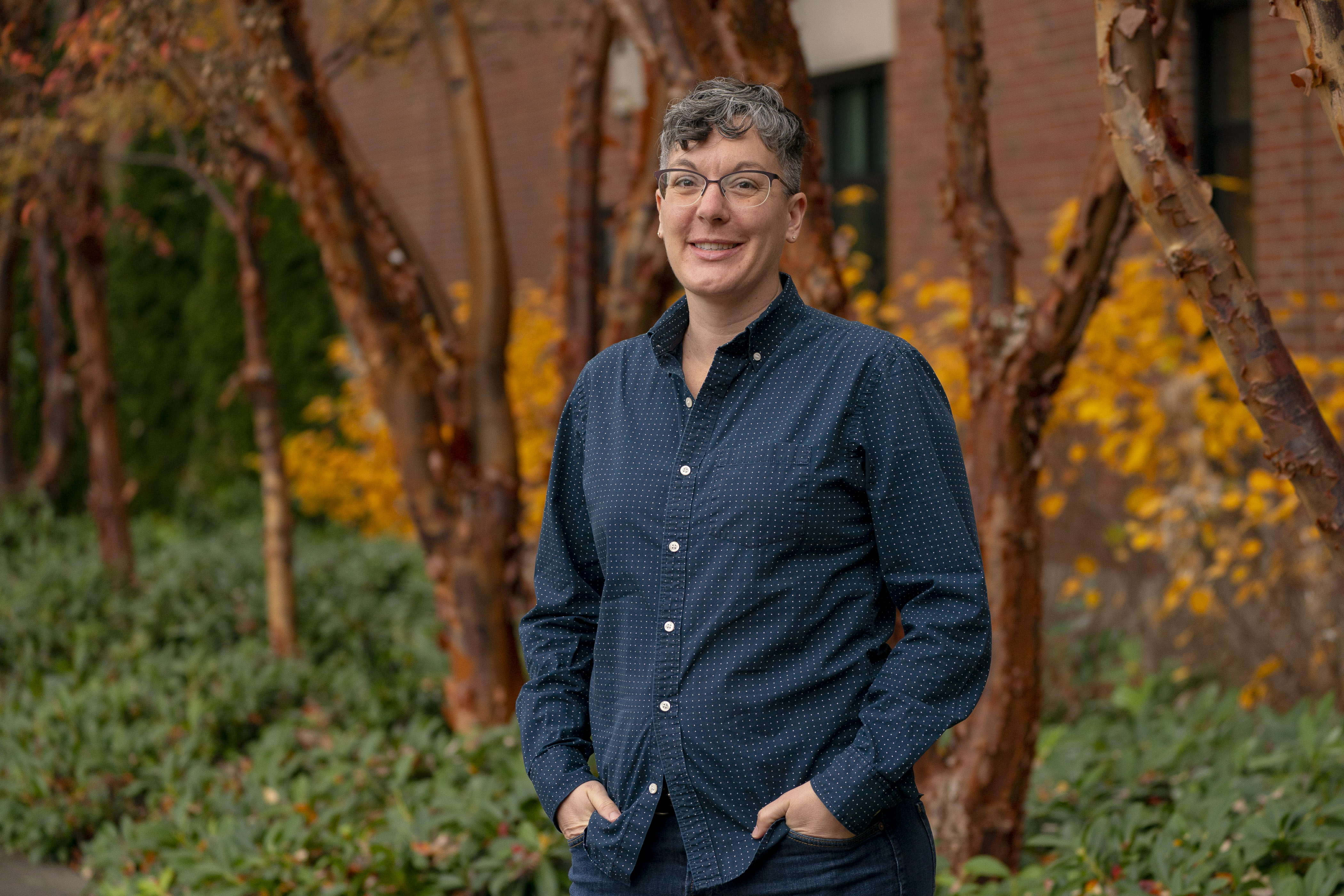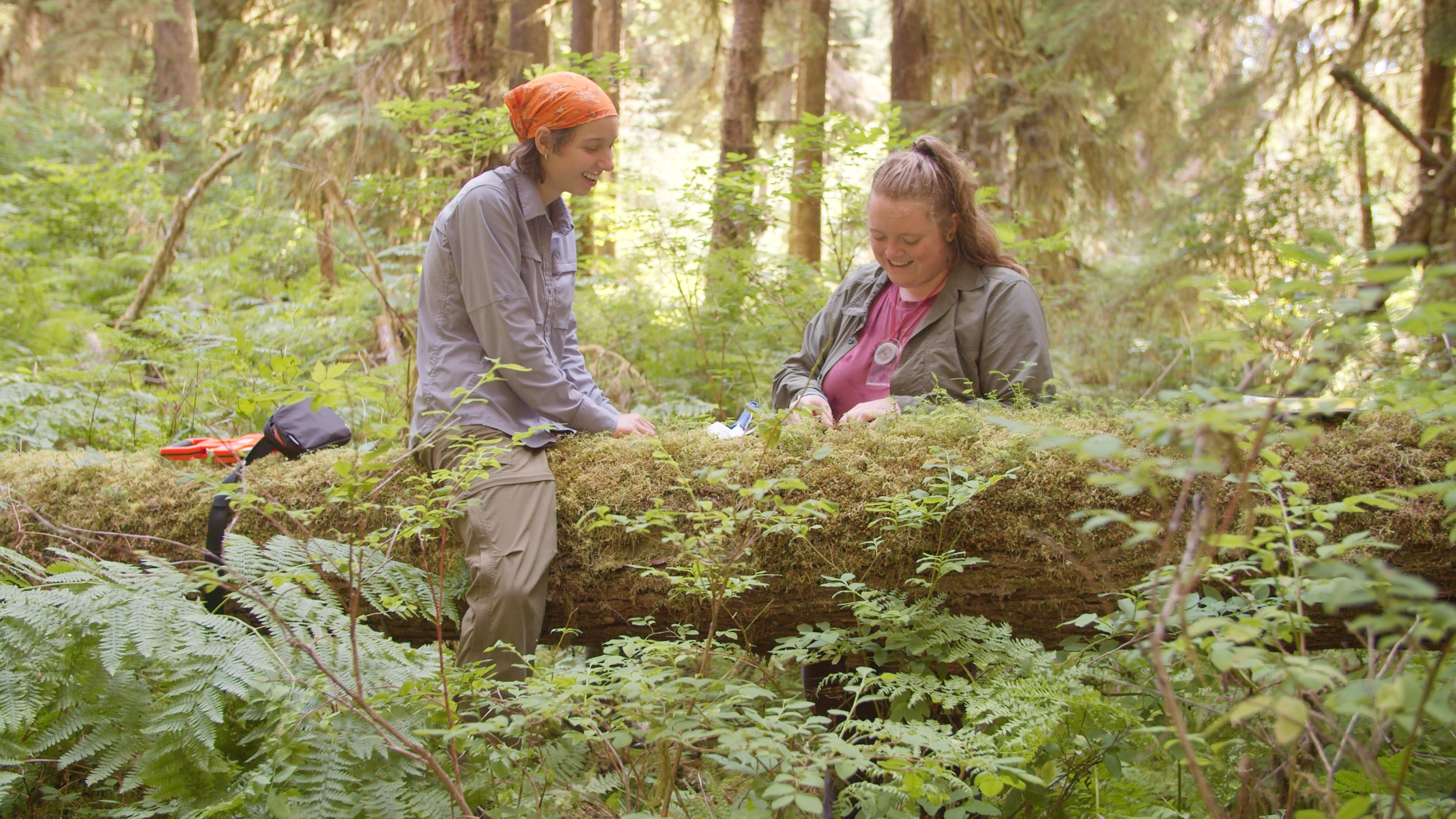Q: Can you speak to the importance of cultural exchange?
A: There aren’t many things more important than understanding and empathizing with people who grew up differently than you. It’s the sort of thing we like to celebrate in theory, but when the difficult contrasts come out, like divergent views on religion, gender roles, or the environment, most of us revert to judgement. Cultural exchanges like the ones I’ve organized are meant to give participants insight into how the world can seem very different depending on how and where you grew up. That insight is something we need more of, both at home and abroad.
Q: What prompted you to rethink study abroad programs?
A: Leading study abroad programs is appealing to many faculty members, but the truth is that not many of us keep doing it—putting programs together from scratch and working to improve each time—year after year. By my third program in 2010, I started to see how much traditional short-term study abroad depended on colonial touring legacies, especially in Southeast Asia. I started to focus on local engagement and bringing more Indonesians into the program in collaborative ways that are rewarding for all involved. The programs became focused on the interests and intercultural development of the whole group, not just my Puget Sound students.
Q: Your Southeast Asia field school course went virtual for the first time ever this summer due to the pandemic. What was it like rethinking that and how did it go?
A: I’ve spent years focusing on the pedagogical outcomes of international education rather than the trip itself. While travel can certainly provide opportunities to learn about cultural differences, it’s easy to travel without gaining that knowledge since the tourism economy is oriented around giving people what they expect. Without travel this year, many important opportunities were removed, but we still had the most essential part—people from divergent, international backgrounds eager to discuss cultural differences and similarities in open, respectful ways.
Q: The other area of your research focuses on media anthropology. What is that and why is it important?
A: Media anthropology focuses on the ways media and culture intersect. It’s not just about media content, like movies or a Twitter feed, but the “materiality” of a given medium, like the social space of the cinema or the physical smartphone in your pocket and how it shapes your lived experience. In my media anthropology course, I have an assignment in which students have to lock their phones in a drawer for 48 hours and reflect on that time. Many discuss realizing how the object shapes their awareness of the world and the people around them, and wind up having really different kinds of daily experiences as a result. Few discuss the actual media content they missed out on.
Q: Tell me about yourself outside of the classroom. Do your hobbies cross over into your professional life?
A: I took up photography around eight years ago and, although I don’t think I’m going to be winning any awards, I really enjoy it. I’ve taught visual anthropology for years, and have always taken photos and videos in the context of my work, but I’d never really allowed myself to focus on creating images I found aesthetically pleasing. I know well how our ideas of what’s “aesthetically pleasing” reflect a history of unequal power relations, but through the actual practice of taking photos I’ve become much more aware of the history of photographic tropes and the tacit grammar of the visual world.

